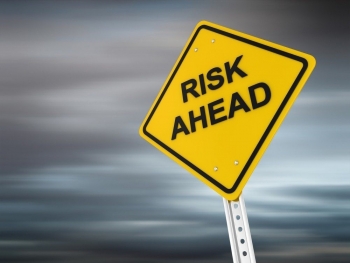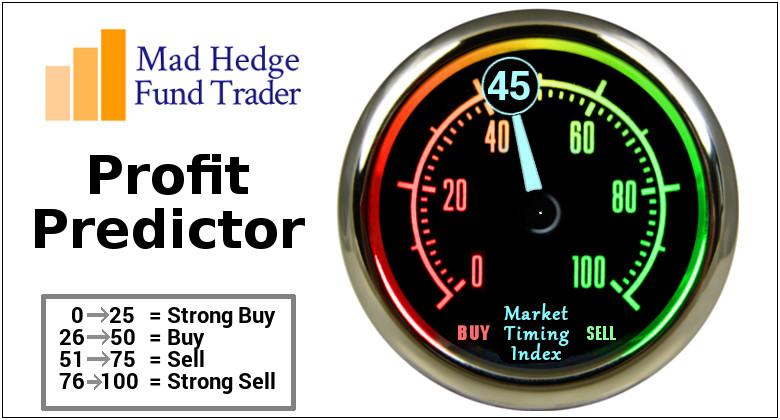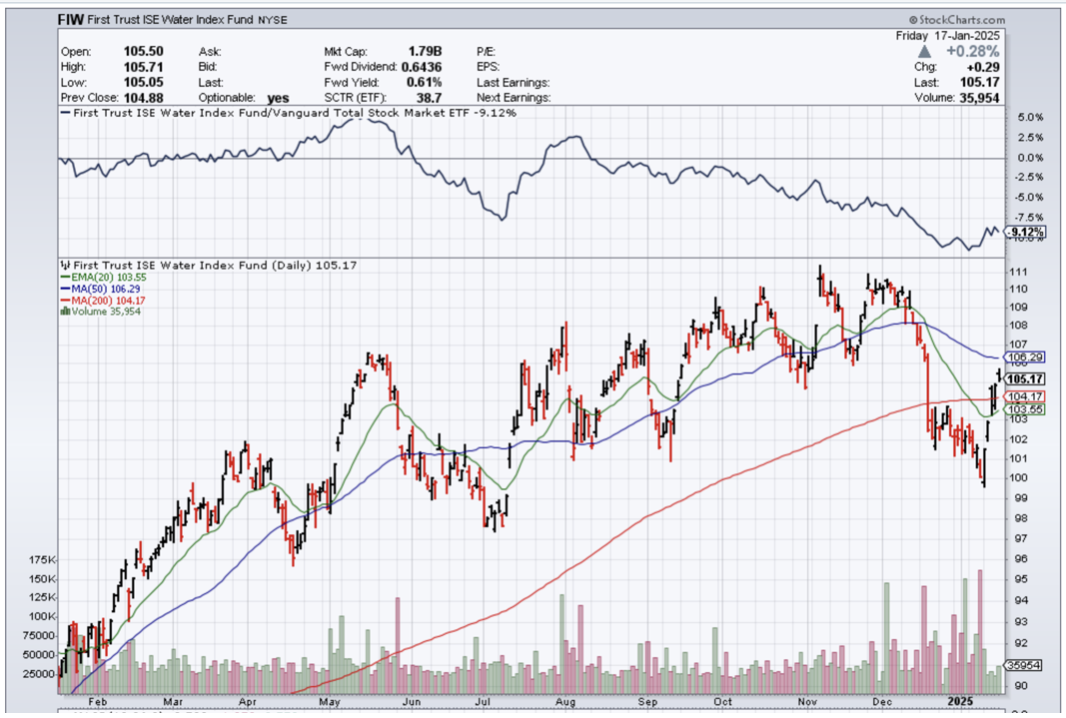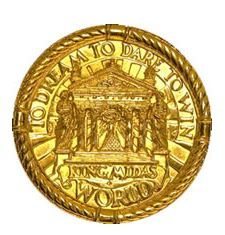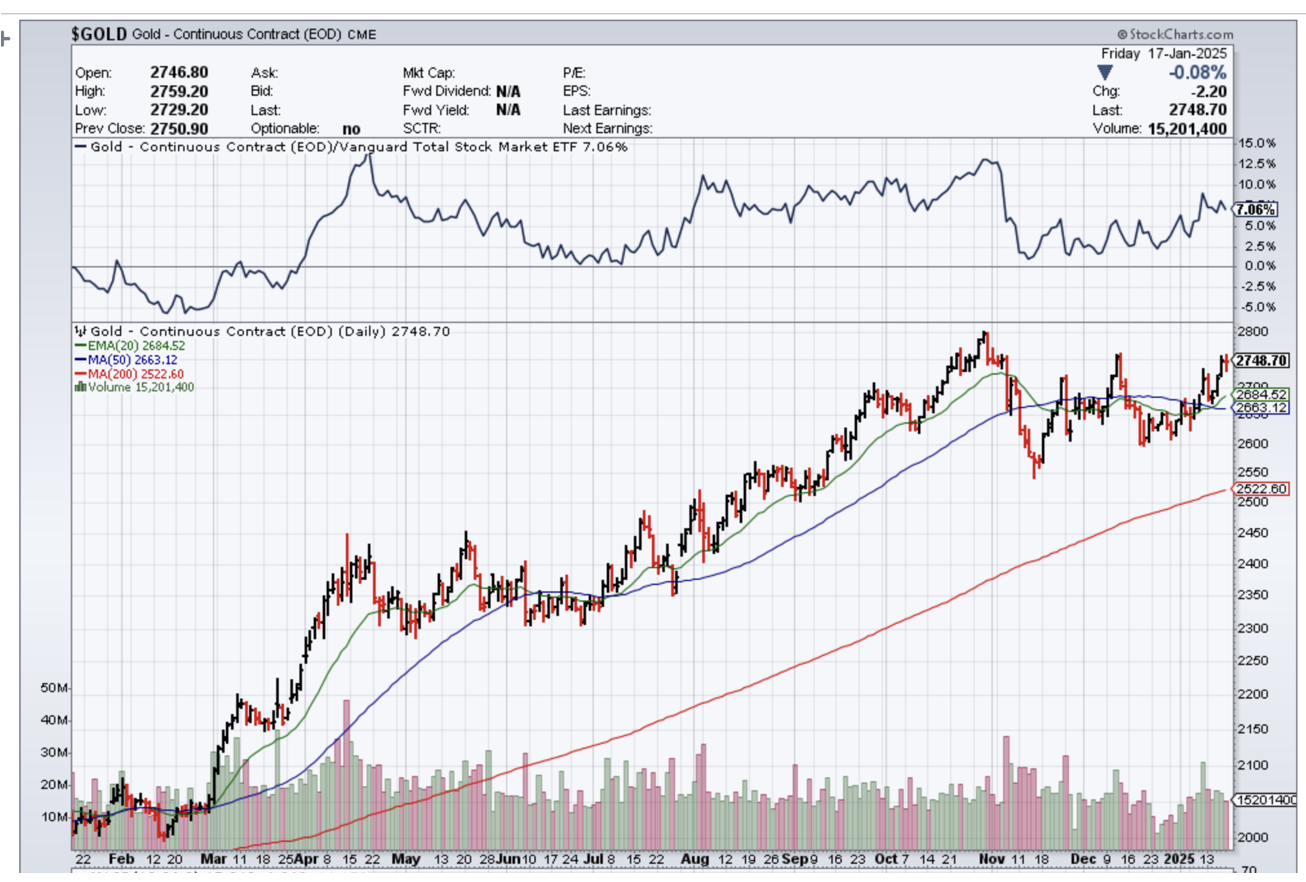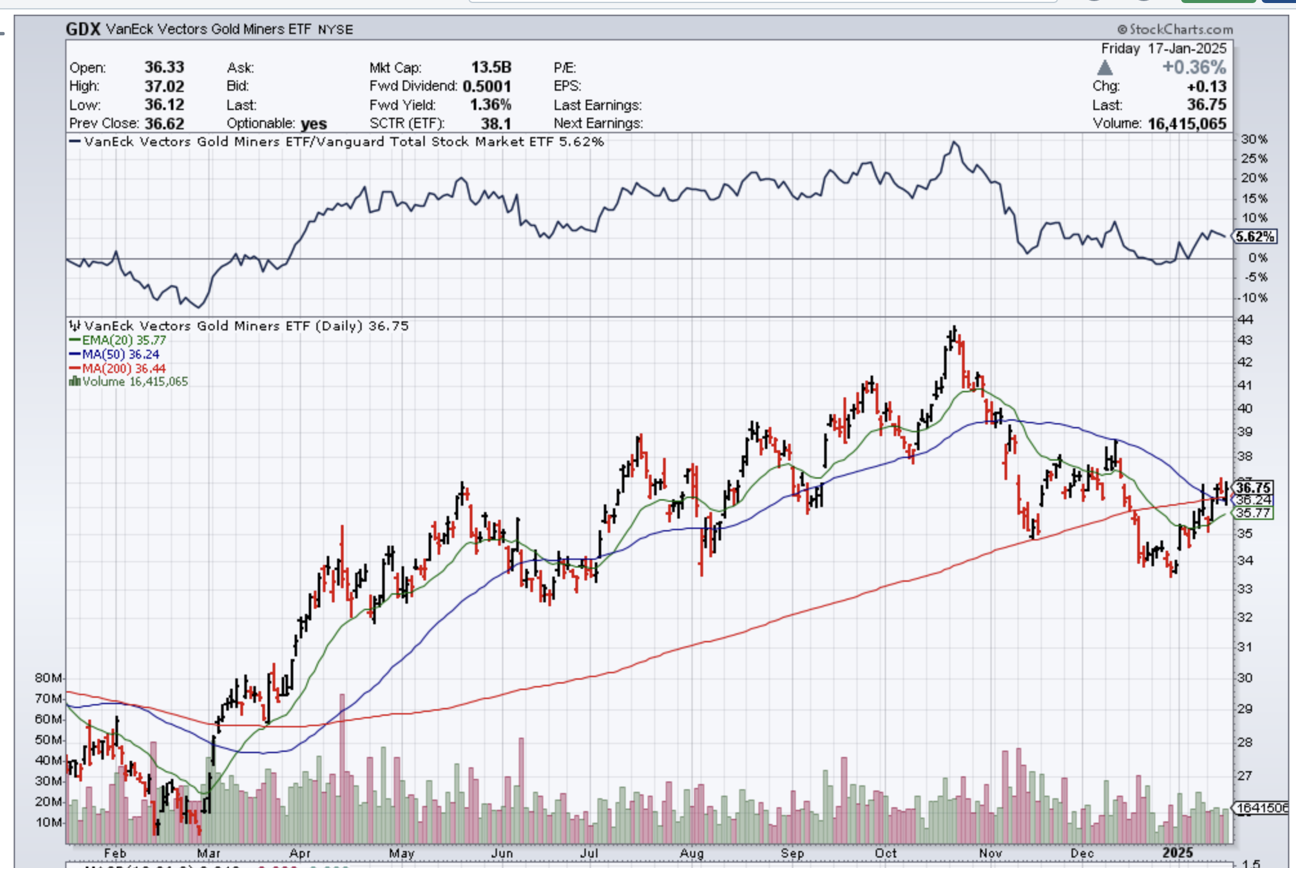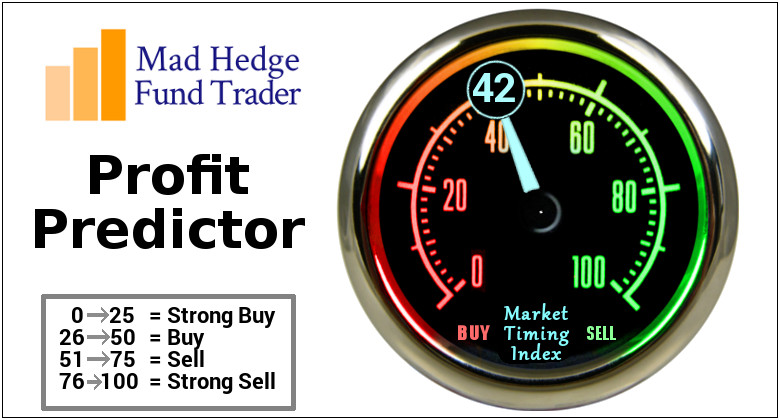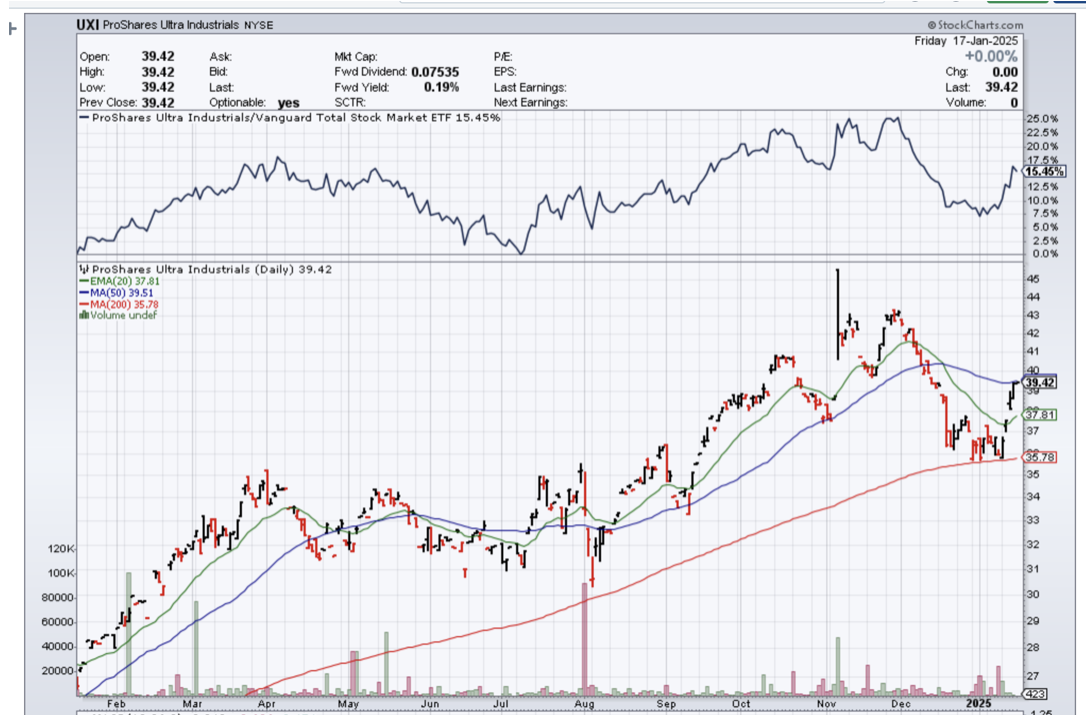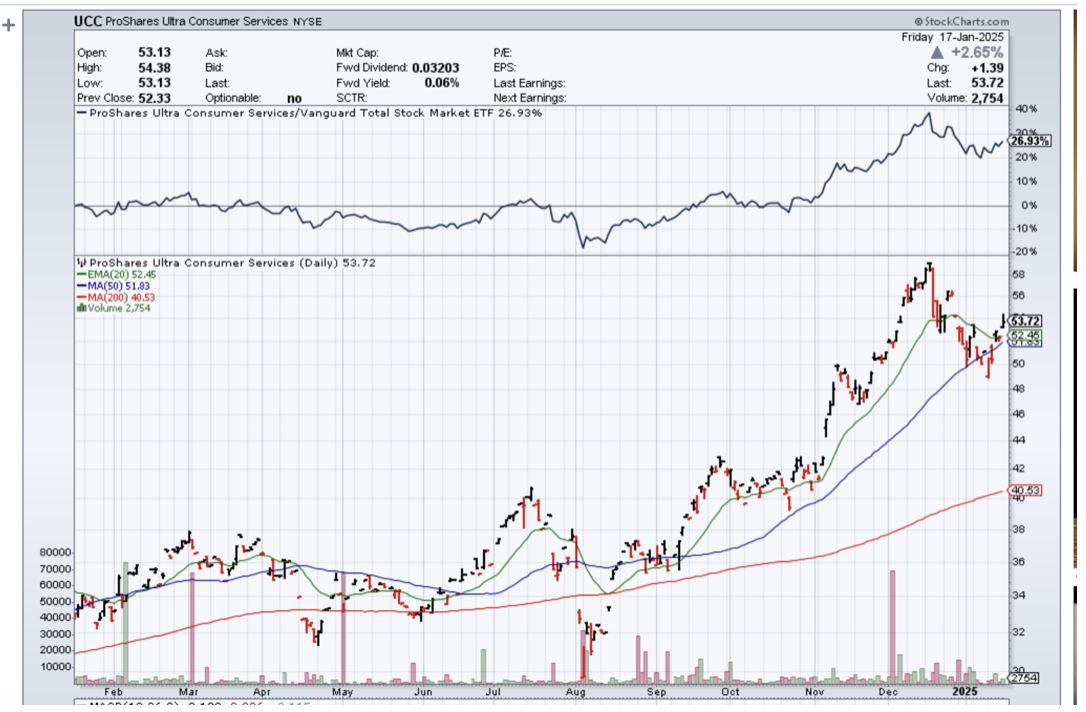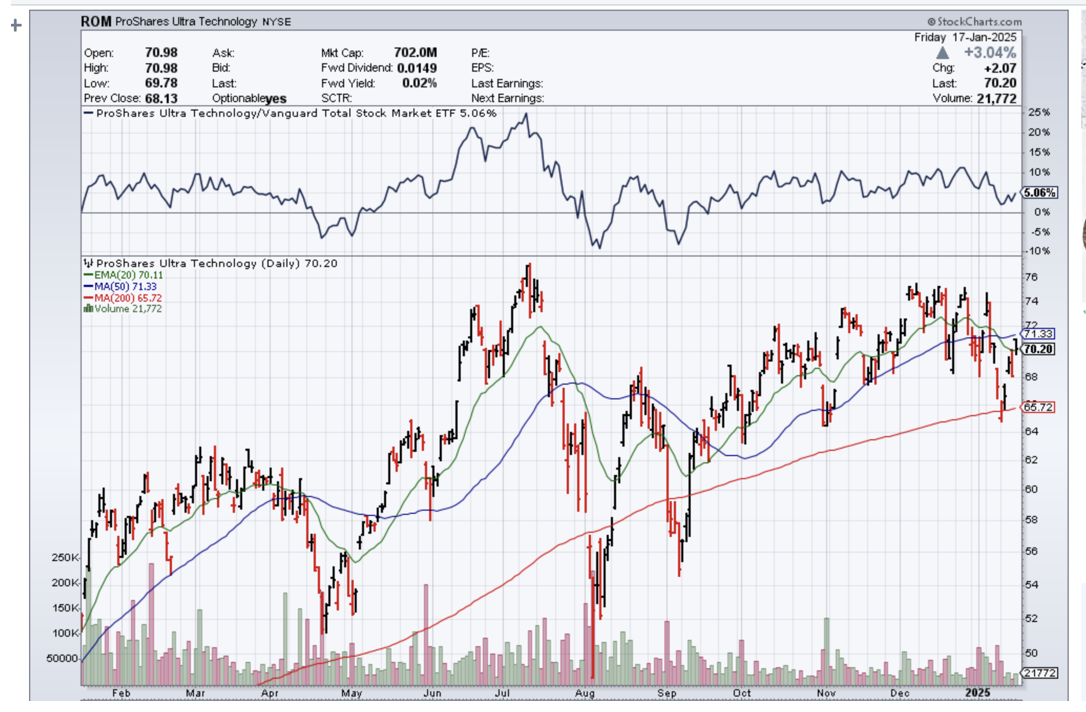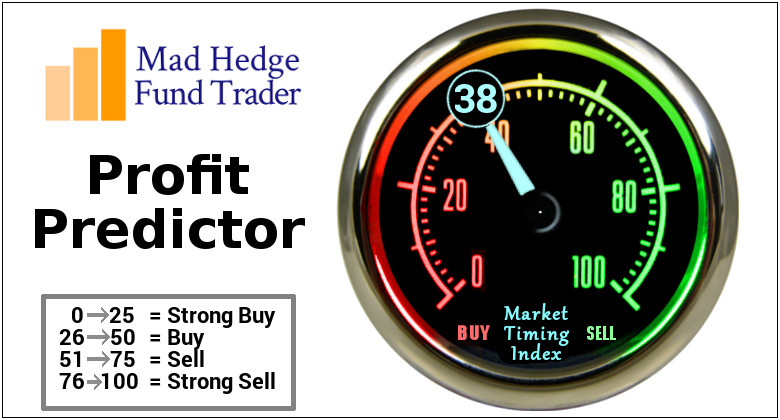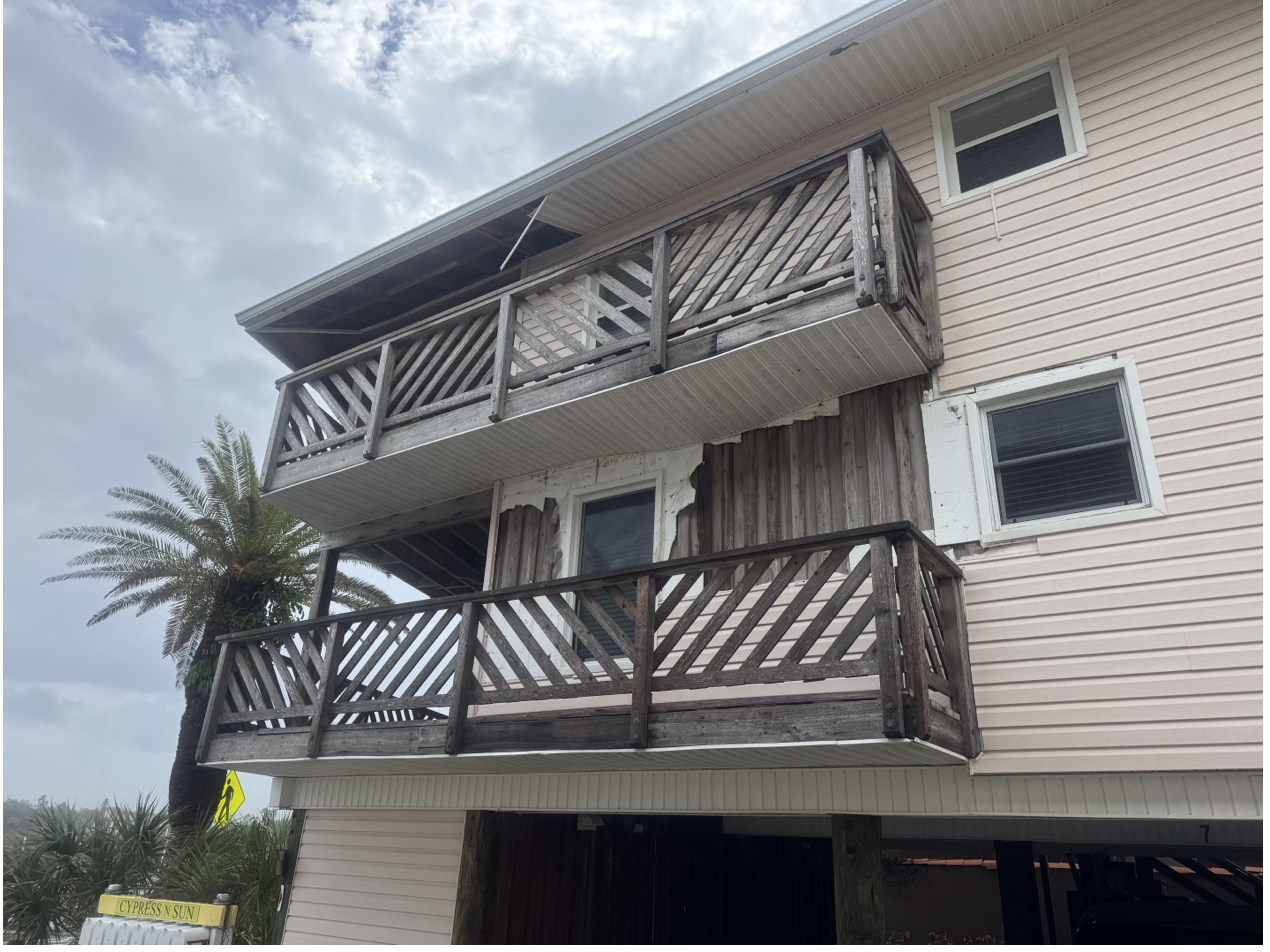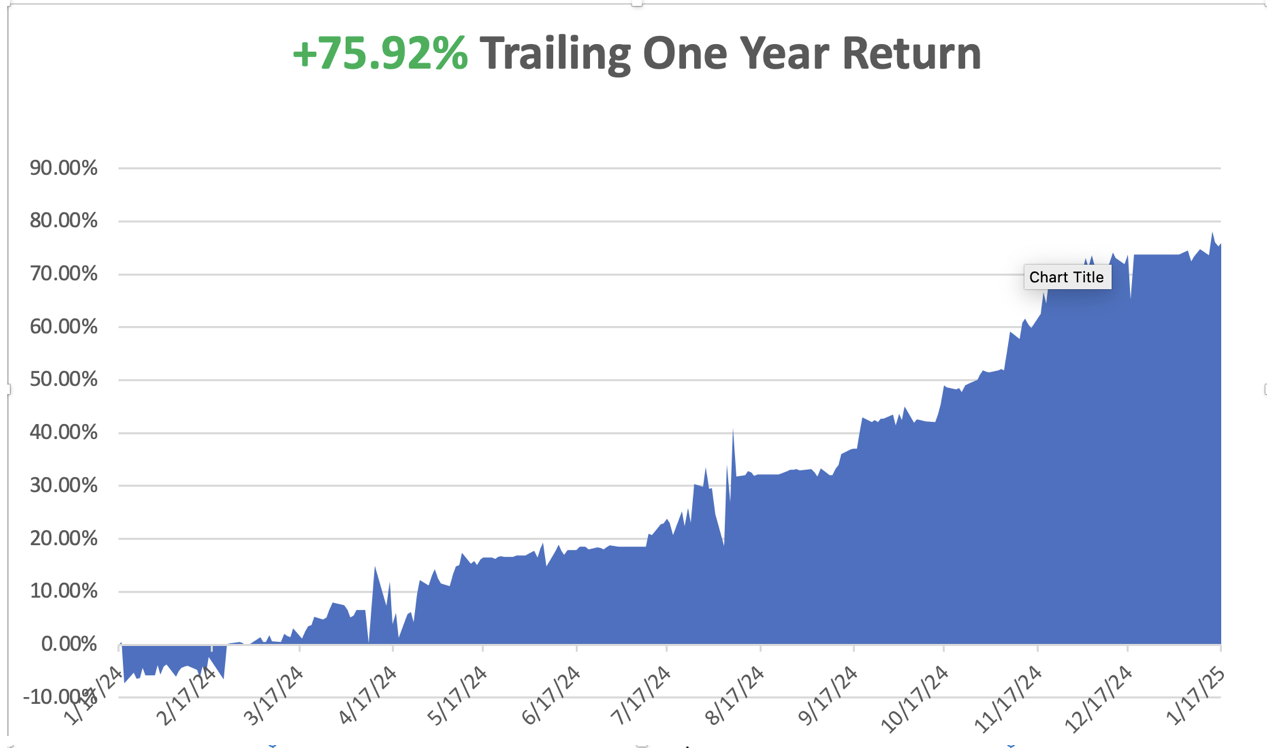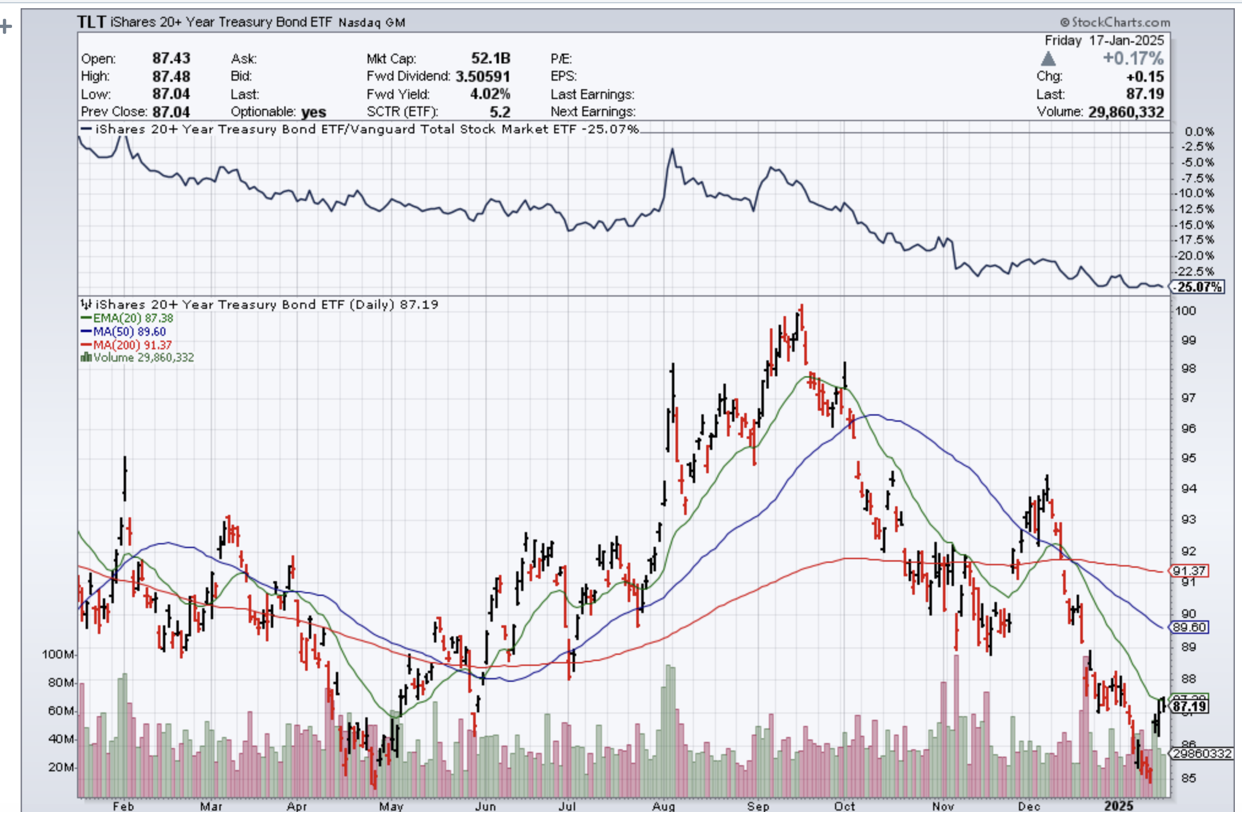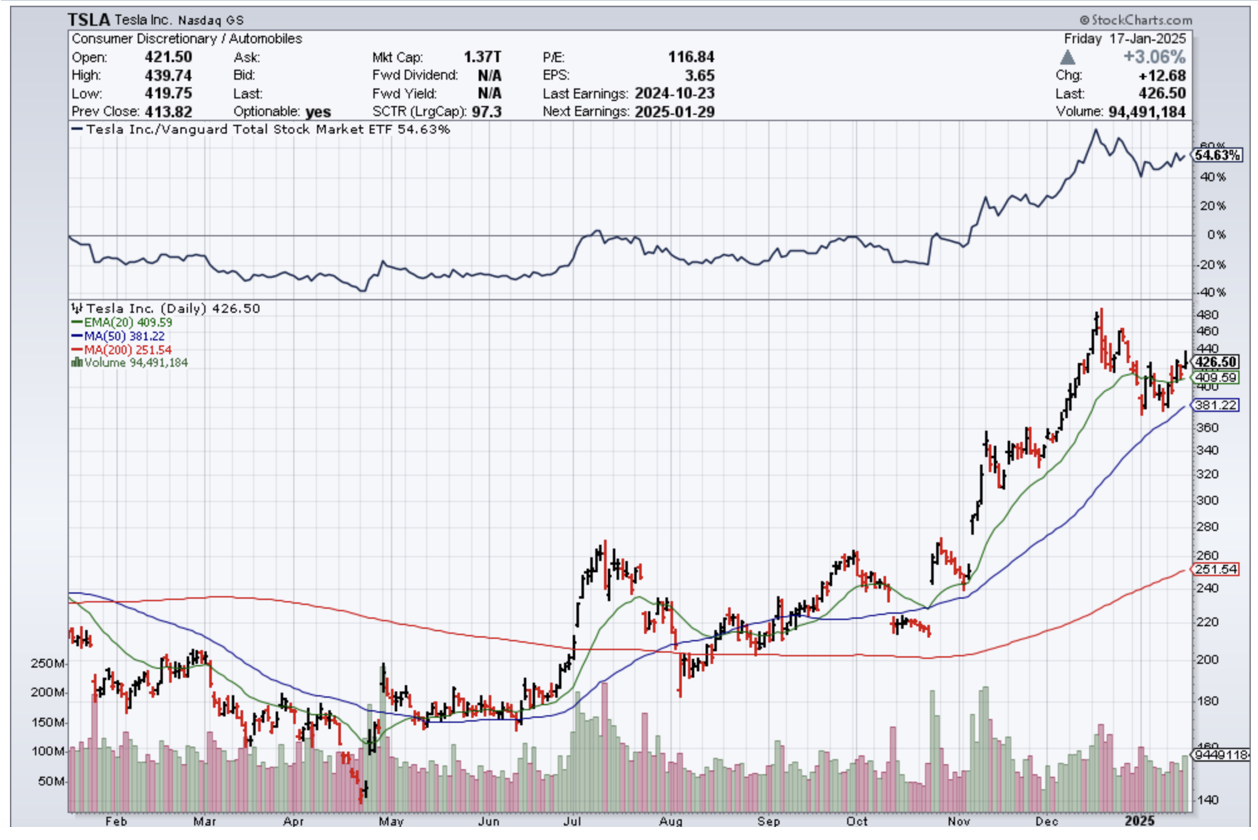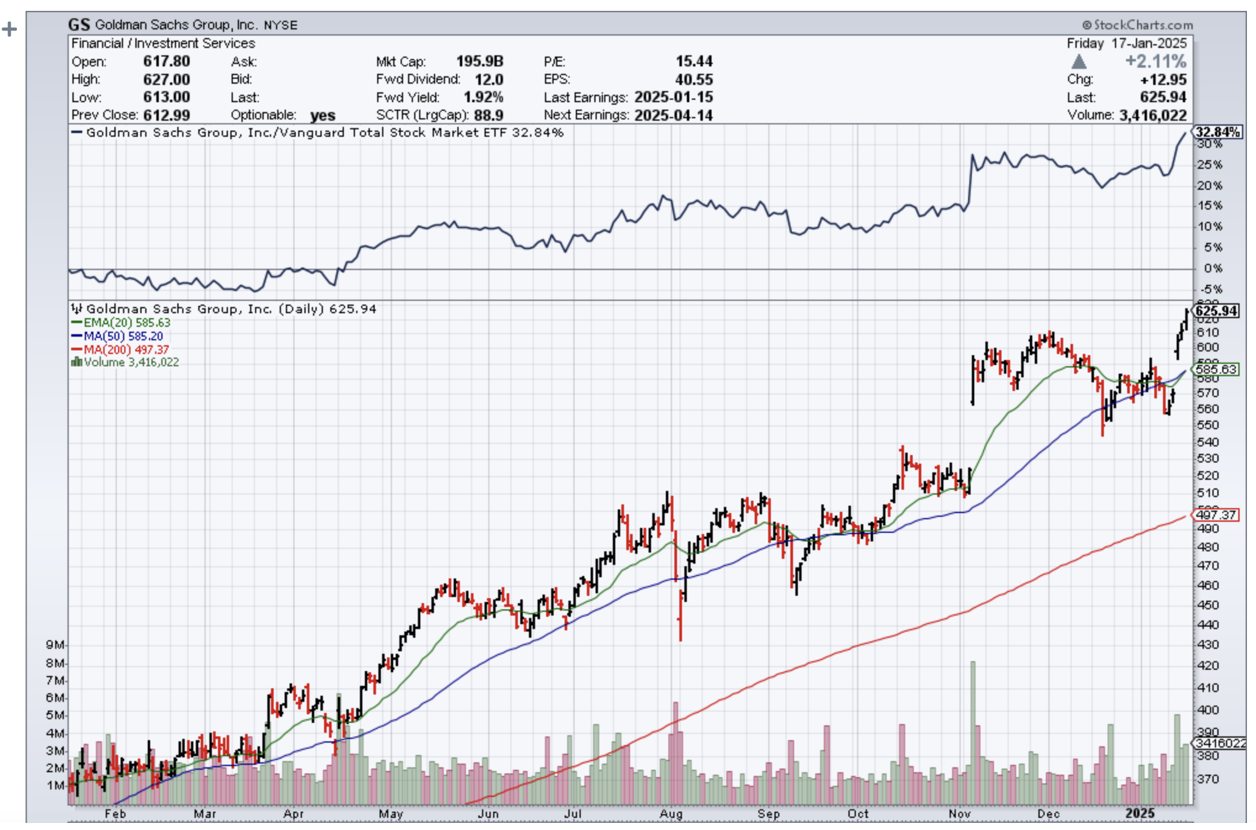
Asset allocation is the one question that I get every day, which I absolutely cannot answer.
The reason is simple: no two investors are alike.
The answer varies whether you are young or old, have $1,000 in the bank or $1 billion, are a sophisticated investor or an average Joe, are in the top or the bottom tax bracket, and so on.
This is something you should ask your financial advisor if you haven’t fired him already, which you probably should.
Having said all that, there is one old hard and fast rule, which you should probably dump.
It used to be prudent to own your age in bonds. So, if you were 70, you should have had 70% of your assets in fixed-income instruments and 30% in equities.
Given the extreme overvaluation of all bonds today, and that we are probably already in a 30-year bear market, I would completely ignore this rule and own no bonds whatsoever.
This is especially true of government bonds, which are yielding near zero interest rates in Europe and Japan, and only 2.23% in the US.
Instead, you should substitute high dividend-paying stocks for bonds. You can get 4% a year or more in yields these days, and get a great inflation hedge, to boot.
You will also own what everyone else in the world is trying to buy right now, high-yield US stocks.
You will get this higher return at the expense of higher volatility. So just turn the TV off on the down days so you won’t get panicked out at the bottom.
That is until we hit the next recession. Then all bets are off. That may be three years off, or more.
I hope this helps.
John Thomas
The Diary of a Mad Hedge Fund Trader
Under or Over 70?
“Fair value doesn’t mean you have to go down. It just means you have to be cautious,” said hedge fund legend David Tepper of Appaloosa Management.
Global Market Comments
January 23, 2025
Fiat Lux
Featured Trades:
(WHY WATER WILL SOON BE WORTH MORE THAN OIL),
(CGW), (PHO), (FIW), (VE), (TTEK), (PNR),
(WHY WARREN BUFFETT HATES GOLD),
(GLD), (GDX), (ABX)
If you think that an energy shortage is bad, it will pale in comparison to the next water crisis. So, investment in freshwater infrastructure is going to be a great recurring long-term investment theme.
One theory about the endless wars in the Middle East since 1918 is that they have really been over water rights.
Although Earth is often referred to as the water planet, only 2.5% is fresh, and three-quarters of that is locked up in ice at the North and South poles. In places like China, with a quarter of the world's population, up to 90% of the freshwater is already polluted, some irretrievably so by heavy metals.
Some 18% of the world population lacks access to potable water, and demand is expected to rise by 40% in the next 20 years.
Aquifers in the US, which took nature millennia to create, are approaching exhaustion, especially in Northern Indiana and California’s Central Valley. While membrane osmosis technologies exist to convert seawater into fresh, they use ten times more energy than current treatment processes, a real problem if you don't have any, and will easily double the end cost of water to consumers.
While it may take 16 pounds of grain to produce a pound of beef, it takes a staggering 2,416 gallons of water to do the same. Beef exports are really a way of shipping water abroad in highly concentrated form.
The UN says that $11 billion a year is needed for water infrastructure investment, and $15 billion of the 2008 US stimulus package was similarly spent.
It says a lot that when I went to the University of California at Berkeley School of Engineering to research this piece, most of the experts in the field had already been retained by major hedge funds!
At the top of the shopping list to participate here should be the Claymore S&P Global Water Index ETF (CGW), which has appreciated by 14% since the October low.
You can also visit the PowerShares Water Resource Portfolio (PHO), the First Trust ISE Water Index Fund (FIW), or the individual stocks Veolia Environment (VE), Tetra-Tech (TTEK), and Pentair (PNR).
Who has the world's greatest per capita water resources? Siberia, which could become a major exporter of H2O to China in the decades to come.
The New Liquid Gold?
After seven years in the penalty box, gold is finally starting to come alive, and the Armageddon crowd is absolutely loving it. Maybe after ten years of rising, stocks are finally expensive on a relative basis?
These are the guys who are perennially predicting the collapse of the dollar, the default of the US government, hyperinflation, and the end of the world.
Better to keep all your assets in gold and silver, store at least a year’s worth of canned food, and keep your untraceable guns well-oiled and supplied with ammo, preferably in high-capacity magazines.
If you followed their advice, you lost your shirt.
I have broken many of these wayward acolytes of their money-losing habits. But not all of them. There seems to be an endless supply emanating from the hinterlands.
The “Oracle of Omaha” Warren Buffet often goes to great lengths to explain why he despises the yellow metal.
The sage doesn't really care about the gold, whatever the price. He sees it primarily as a bet on fear. I imagine he feels the same about Bitcoin, the modern tulips of our age.
If investors are more afraid in a year than they are today, then you make money on gold. If they aren't, then you lose money.
The only problem now is that fear ain’t working.
If you took all the gold in the world, it would form a cube 67 feet on a side, worth $5 trillion. For that same amount of money, you could own other assets with far greater productive earning power, including:
*All the farmland in the US, about 1 billion acres, which is worth $2.5 trillion.
*Seven Apple’s (AAPL), the second largest capitalized company in the world at $731 billion.
Instead of producing any income or dividends, gold just sits there and shines, making you feel like King Midas.
I don't know. With the stock market at an all-time high and oil trading at $75/barrel, a bet on fear looks pretty good to me right now.
I'm still sticking with my long-term forecast of the old inflation-adjusted high of $2,300/ounce.
It is just a matter of time before emerging market central bank buying pushes it up there. And who knows? Fear might make a comeback too.
“Every recession sows the seeds for the next business recovery, and every recovery sows the seeds of the next recession,” said hedge fund manager Leon Cooperman of Omega Advisors.
Global Market Comments
January 22, 2025
Fiat Lux
Featured Trades:
(TRADING FOR THE NON-TRADER),
(ROM), (UXI), (UCC), (UYG)
I like to start out my day by calling readers on the US East Coast and Europe, asking how they like the service, are there any ways I can improve the service, and what topics they would like me to write about.
After all, at 5:00 AM Pacific time, they are the only ones around.
You’d be amazed at how many great ideas I pick up this way, especially when I speak to industry specialists or other hedge fund managers.
Even the 25-year-old day trader operating out of his mother’s garage has been known to educate me about something.
So when I talked with a gentleman from Tennessee this morning, I heard a common complaint. Naturally, I was reminded of my former girlfriend, Cybil, who owns a mansion on top of the levee in nearby Memphis overlooking the great Mississippi River.
As much as he loved the service, he didn’t have the time or the inclination to execute my market-beating Trade Alerts.
I said “Don’t worry. There is an easier way to do this.”
Only about a quarter of my followers actually execute my Trade Alerts. The rest rely on my research to correctly guide them in the management of the IRAs, 401Ks, pension funds, or other retirement assets.
There is also another, easier way to use the Trade Alert service. Think of it as a “Trade Alert light.” Do the following.
1) Only focus on the four best of the S&P 500’s 101 sectors. I have listed the ticker symbols below.
2) Wait for the chart technicals to line up. Bullish long-term “Golden crosses” are setting up for several sectors.
3) Use a macroeconomic tailwind, like the ramp up from a -31% GDP growth rate to +31% we are currently seeing.
4) Shoot for a microeconomic sweet spot, companies, and sectors that enjoy special attention.
5) Increase risk when the calendar is in your favor such as during November to May.
6) Use a modest amount of leverage in the lowest-risk bets but not much. 2:1 will do.
7) Scale in, buying a few shares every day on down days. Don’t hold out for an absolute bottom. You will never get it.
The goal of this exercise is to focus your exposure on a small part of the market with the greatest probability of earning a profit at the best time of the year. This is what grown-up hedge funds do all day long.
Sounds like a plan. Now, what do we buy?
(ROM) – ProShares Ultra Technology 2X Fund – Gives you double exposure to what will be the top-performing sector of the market for the next six months, and probably the rest of your life. Click here for details and the largest holdings.
(UXI) – ProShares Ultra Industrial Fund 2X – Is finally rebounding off the back of a dollar that will slow down its ascent once the first interest rate hike is behind us. Onshoring and incredibly cheap valuations are other big tailwinds here. For details and largest holdings, click here.
(UCC) – ProShares Ultra Consumer Services 2X Fund – Is a sweet spot for the economy, as tight-fisted consumers finally start to spend their gasoline savings now that it no longer appears to be a temporary windfall. This is also a great play on a housing market that is on fire. It contains favorites like Home Depot (HD) and Walt Disney (DIS) which we know and love. For details and largest holdings, click here.
(UYG) – ProShares Ultra Financials 2X Fund – Yes, after six years of false starts, interest rates are finally going up, with a December rate hike by the Fed a certainty. My friend, Janet, is handing out her Christmas presents early this year. This instantly feeds into wider profit margins for financials of every stripe. For details and largest holdings, click here.
Of course, you’ll need to keep reading my letter to confirm that the financial markets are proceeding according to the script. You will also have to read the Trade Alerts as we include a ton of deep research in the Updates.
You can then unload your quasi-trading book with hefty profits in the spring just when markets are peaking out. “Sell in May and Go Away?” I bet it works better than ever in 2021.
For Those Who Invest at Their Leisure
Global Market Comments
January 21, 2025
Fiat Lux
Featured Trades:
(MARKET OUTLOOK FOR THE WEEK AHEAD or NOW WE ENTER THE GREAT UNKNOWN),
(GS), (MS), (JPM), (C), (BAC) (TLT), (TSLA)
I am writing this to you from Indian Rock Beach, Florida, an extended sand bar outside of Tampa on the west coast. Cabin cruisers pass by every five minutes. There is not much fishing though with rain and temperatures in the low 40s, the coldest of the year. leaving a lot of free time for indoor work. Every building is missing a chunk of wall or roof if not totally destroyed from the October hurricane Helena, including my own Airbnb. The last hurricane here took place in 1921.
Everywhere I look, hedge fund managers are derisking, cutting exposure, and laying on hedges. The reason is that no one has a handle on what is going to happen in financial markets in the short term. Do we go up, down, or nowhere? The rapid unwind of the post-election rally has put the fear of markets back in them once again.
There is also a rare shortage of news in the financial media. It’s as if someone is sucking all the oxygen out of the room.
We had about a week where the Mad Hedge Market Timing Index in the mid-twenties was enticing us back into the market. I was expecting a hot December Consumer Price Index to give us a nice selloff and the perfect entry point I had been waiting a month for, in line with all the economic warm data of the last three months.
But it was not to be. The CPI printed at a cool 2.9% YOY and the Dow Average opened up 700 points the next morning, the first step in a 1,700-point three-day rally. Half the December losses came back in a heartbeat.
So much for the great entry point.
All of my target stocks like (GS), (MS), (JPM), (C), and (BAC) went ballistic. I only managed to get into a long in Tesla (TSLA) because the implied volatility was a sky-high 70%. That way, the stock could take a surprise hit and I still would have a safety cushion large enough to eke out the maximum profit by the February 20 option expiration. What’s next? How about a $100 in-the-money bearish Tesla put spread, once the rally burns out?
I can’t remember a time when there was such a narrow field of attractive trading targets. Rising interest rates have killed off bonds, foreign currencies, precious metals, and real estate. A weak China has destroyed commodities and energy, with US overproduction contributing to the latter. Only financials look interesting for the short term and big tech for the long term.
At that point, financials are not exactly undiscovered investments, but they should have another three months of life in them. That’s when big tech should reclaim the leadership, when we get another surprise AI-driven earnings burst.
What does this get us in the major indexes? With so much of the stock market on life support, not much, maybe 10% at best. After that, who knows?
There is no point in looking for any more financial news today (Sunday), as there isn’t any with a holiday tomorrow. So I am headed out for a one-hour walk of the beach.
We managed to grind out a +2.07% return so far in January. That takes us to a year-to-date profit of +2.07% so far in 2025. My trailing one-year return stands at +75.92%. That takes my average annualized return to +49.99% and my performance since inception to +753.93%.
I stopped out of my long position in (TLT) near cost. My January 2025 (TSLA) expired on Friday at its maximum profit point, soaring a torrid $50 in the two days going into expiration.
Some 63 of my 70 round trips, or 90%, were profitable in 2023. Some 74 of 94 trades were profitable in 2024, and several of those losses were really break-evens. That is a success rate of +78.72%.
Try beating that anywhere.
My Ten-Year View – A Reassessment
When have to substantially downsize our expectations of equity returns in view of the election outcome. My new American Golden Age, or the next Roaring Twenties is now looking at a headwind. The economy will completely stop decarbonizing. Technology innovation will slow. Trade wars will exact a high price. Inflation will return. The Dow Average will rise by 600% to 240,000 or more in the coming decade. The new America will be far more efficient and profitable than the old.
My Dow 240,000 target has been pushed back to 2035.
Consumer Price Index Cools at 0.2%, or 3.2% YOY, the first drop in six months. Economists see the core gauge as a better indicator of the underlying inflation trend than the overall CPI which includes often-volatile food and energy costs. The headline measure rose 0.4% from the prior month, with over 40% of the advance due to energy.
Los Angeles Fires to Cost $270 Billion, with only $30 billion covered by insurance. Inflation will rise as the cost of construction labor and materials soar. Tradesmen around the country are packing their trucks and heading west to snare work at double the normal rate. There is no trade here as the new home builders are not involved, who are set up to only build mass-produced tract homes. Yet another black swan for 2025.
$4 Trillion in Asset Management Disrupted by the Los Angeles Fires, with some relocating office space and supporting staff members who have lost their homes. The LA area is home to large industry players like Capital Group, TCW Group, hedge funds Oaktree Capital and Ares Management.
Bonds Hit 14-Month Lows at a 4.80% Yield, as fixed income dumping continues across the board. “Higher Rates for longer” don’t fit in here anywhere. But there may be a BUY setting up for (TLT) at 5.0%.
The Trump Bump is Gone, stock markets giving up all their post-election gains. Technology was especially hard hit, with lead stock NVIDIA down 15%. It seems that people finally examined the implications of what Trump was proposing for the stock market. Tax-deferred selling of the enormous profits run up under the Biden administration is a big factor.
Amazon is Getting Ready for Another Run. Strong earnings and continuing excitement about artificial intelligence will help Amazon stock move back into the green. The e-commerce and cloud company to beat estimates when it reports its fourth-quarter results—analysts are expecting a profit of $1.48 a share on sales of $187.3 billion, according to data from FactSet. Buy (AMZN) on dips.
JP Morgan Announces Record Profits, boosted by volatility tied to the US elections in November. Trading revenue at the firm rose 21% from a year earlier, jumping to $7.05 billion. Fixed income was the star, with revenue beating analysts’ estimates, while equities-trading revenue fell short. Buy (JPM) on dips.
Goldman Sachs Beats. The firm’s fourth-quarter profits more than doubled to $4.1 billion, buoyed by strength in its investment bank, expansion of its asset management business, and a surprise $472 million gain from a balance sheet bet. Goldman ended 2024 as the best-performing stock among major US banks with a 48% advance. The bank is positioning itself for a long-awaited resurgence in deals after ditching major parts of a consumer foray.
Morgan Stanley Doubles Profits. Equities were the big winner, with revenue jumping 51% in the quarter and reaching an all-time high for the full year. In the wealth business, net new assets fell just shy of estimates even as revenue topped expectations.
SEC Sues Elon Musk, alleging the billionaire violated securities law by acquiring Twitter shares at “artificially low prices.” In his purchases, Musk underpaid for Twitter shares by at least $150 million, the SEC says. Musk bought Twitter in 2022 for about $44 billion, later changing the name to X. Expect this case to get lost behind the radiator next week.
Fed Minutes are Turning Hawkish, making an interest rate cut at the March 19 meeting unlikely. Inflation is stubbornly above target, the economy is growing at about 3% pace and the labor market is holding strong. Put it all together and it sounds like a perfect recipe for the Federal Reserve to raise interest rates or at least to stay put.
EIA Expects Weak Oil Prices for All of 2025. Many analysts expect an oversupplied oil market this year after demand growth slowed sharply in 2024 in the top consuming nations: the U.S. and China. The EIA said it expects Brent crude oil prices to fall 8% to average $74 a barrel in 2025, then fall further to $66 a barrel in 2026.
Housing Starts were up 3.0% in December, with single-family homes up only 3%, while multifamily saw a 59% rise. It should shift away from home sales crushed by 7.2% mortgage rates. You can write off real estate in 2025.
EV and Hybrid Sales Reach a Record 20% of US Vehicle Sales in 2024 and now account for 10% of the total US fleet. And you wonder why oil prices are so low. That includes 1.9 million hybrid vehicles, including plug-in models, and 1.3 million all-electric models. Tesla continued to dominate sales of pure EVs but Cox Automotive estimated its annual sales fell and its market share dropped to about 49%.
SpaceX Starship Blows Up on test launch number seven. The Federal Aviation Administration issued a warning to pilots of a “dangerous area for falling debris of rocket Starship,” according to a pilots’ notice. Looks like that Mars trip will be delayed.
On Monday, January 20, the markets are closed for Martin Luther King Day.
On Tuesday, January 21 at 8:30 AM EST, nothing of note takes place.
On Wednesday, January 22 at 8:30 AM, the API Crude Oil Stocks are printed.
On Thursday, January 23 at 8:30 AM, the Weekly Jobless Claims are announced.
On Friday, January 24 at 8:30 AM, Existing Home Sales are published. At 2:00 PM the Baker Hughes Rig Count is printed.
As for me, back in the early 1980s, when I was starting up Morgan Stanley’s international equity trading desk, my wife Kyoko was still a driven Japanese career woman.
Taking advantage of her near-perfect English, she landed a prestige job as the head of sales at New York’s Waldorf Astoria Hotel.
Every morning, we set off on our different ways, me to Morgan Stanley’s HQ in the old General Motors Building on Avenue of the Americas and 47th street and she to the Waldorf at Park and 34th.
One day, she came home and told me there was this little old lady living in the Waldorf Towers who needed an escort to walk her dog in the evenings once a week. Back in those days, the crime rate in New York was sky-high and only the brave or the reckless ventured outside after dark.
I said, “Sure, what was her name?”
Jean MacArthur.
I said, "THE Jean MacArthur?"
She answered, “Yes.”
Jean MacArthur was the widow of General Douglas MacArthur, the WWII legend. He fought off the Japanese in the Philippines in 1941 and retreated to Australia in a dramatic night PT Boat escape.
He then led a brilliant island-hopping campaign, turning the Japanese at Guadalcanal and New Guinea. My dad was part of that operation, as were the fathers of many of my Australian clients. That led all the way to Tokyo Bay where MacArthur accepted the Japanese in 1945 on the deck of the battleship USS Missouri.
The MacArthurs then moved into the Tokyo embassy where the general ran Japan as a personal fiefdom for seven years, a residence I know well. That’s when Jean, who was 18 years the general’s junior, developed a fondness for the Japanese people.
When the Korean War began in 1950, MacArthur took charge. His landing at Inchon Harbor broke the back of the invasion and was one of the most brilliant tactical moves in military history. When MacArthur was recalled by President Truman in 1952, he had not been home for 13 years.
So it was with some trepidation that I was introduced by my wife to Mrs. MacArthur in the lobby of the Waldorf Astoria. On the way out, we passed a large portrait of the general who seemed to disapprovingly stare down at me taking out his wife, so I was on my best behavior.
To some extent, I had spent my entire life preparing for this job.
I had stayed at the MacArthur Suite at the Manila Hotel where they had lived before the war. I knew Australia well. And I had just spent a decade living in Japan. By chance, I had also read the brilliant biography of MacArthur by William Manchester, American Caesar, which had only just come out.
I also competed in karate at the national level in Japan for ten years, which qualified me as a bodyguard. In other words, I was the perfect after-dark escort for Midtown Manhattan in the early eighties.
She insisted I call her “Jean”; she was one of the most gregarious women I have ever run into. She was grey-haired, petite, and made you feel like you were the most important person she had ever run into.
She talked a lot about “Doug” and I learned several personal anecdotes that never made it to the history books.
“Doug” was a staunch conservative who was nominated for president by the Republican party in 1944. But he pushed policies in Japan that would have qualified him as a raging liberal.
It was the Japanese who begged MacArthur to ban the army and the navy in the new constitution for they feared a return of the military after MacArthur left. Women gained the right to vote on the insistence of the English tutor for Emperor Hirohito’s children, an American Quaker woman. He was very pro-union in Japan. He also pushed through land reform that broke up the big estates and handed out land to the small farmers.
It was a vast understatement to say that I got more out of these walks than she did. While making our rounds, we ran into other celebrities who lived in the neighborhood who all knew Jean, such as Henry Kissinger, Ginger Rogers, and the UN Secretary-General.
Morgan Stanley eventually promoted me and transferred me to London to run the trading operations there, so my prolonged free history lesson came to an end.
Jean MacArthur stayed in the public eye and was a frequent commencement speaker at West Point where “Doug” had been a student and later the superintendent. Jean died in 2000 at the age of 101.
I sent a bouquet of lilies to the funeral.
Kyoko passed away in 2002.
In 2014, China’s Anbang Insurance Group bought the Waldorf Astoria for $1.95 billion, making it the most expensive hotel ever sold. Most of the rooms were converted to condominiums and sold to Chinese looking to hide assets abroad.
The portrait of Douglas MacArthur is gone too. During the Korean War, he threatened to drop atomic bombs on China’s major coastal cities.
Good Luck and Good Trading,
John Thomas
CEO & Publisher
The Diary of a Mad Hedge Fund Trader



